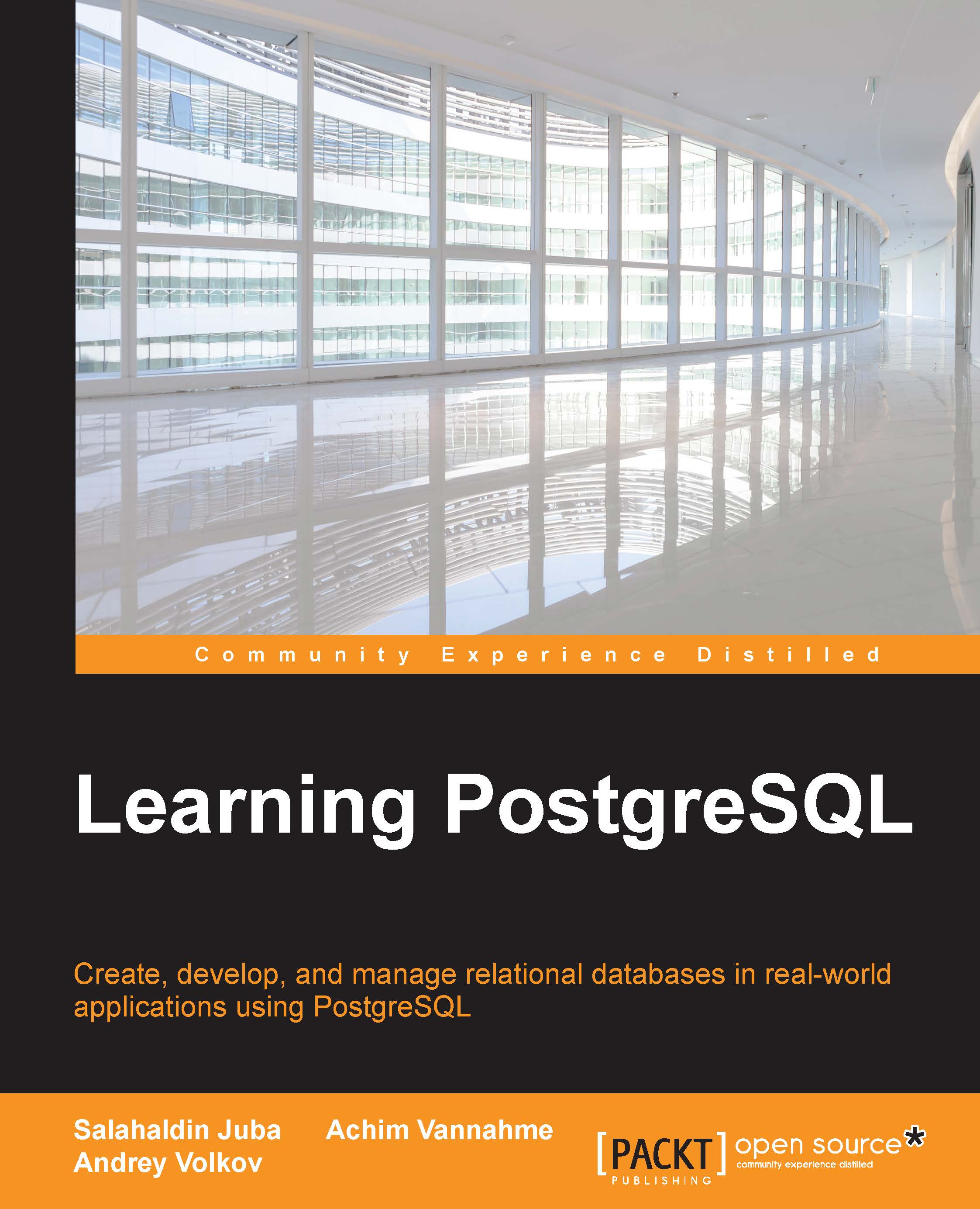-
Book Overview & Buying

-
Table Of Contents

Learning PostgreSQL
By :

Learning PostgreSQL
By:
Overview of this book
 Free Chapter
Free Chapter
 Sign In
Start Free Trial
Sign In
Start Free Trial

 Free Chapter
Free Chapter
The software engineering principles should be applied on database coding. Some of these principles are:
A naming convention describes how names are to be formulated. Naming conventions allow some information to be derived based on patterns, which helps the developer to easily search for and predict the database object names. Database naming conventions should be standardized across the organization. There is a lot of debate on how to name database objects. For example, some developers prefer to have prefixes or suffixes to distinguish the database object type from the names. For example, one could suffix a table or a view with tbl and vw respectively.
With regard to database object names, one should try to use descriptive names, and avoid acronyms and abbreviations if possible. Also, singular names are preferred, because a table is often mapped to an entity in a high programming language; thus, singular names lead to unified naming across the database...

